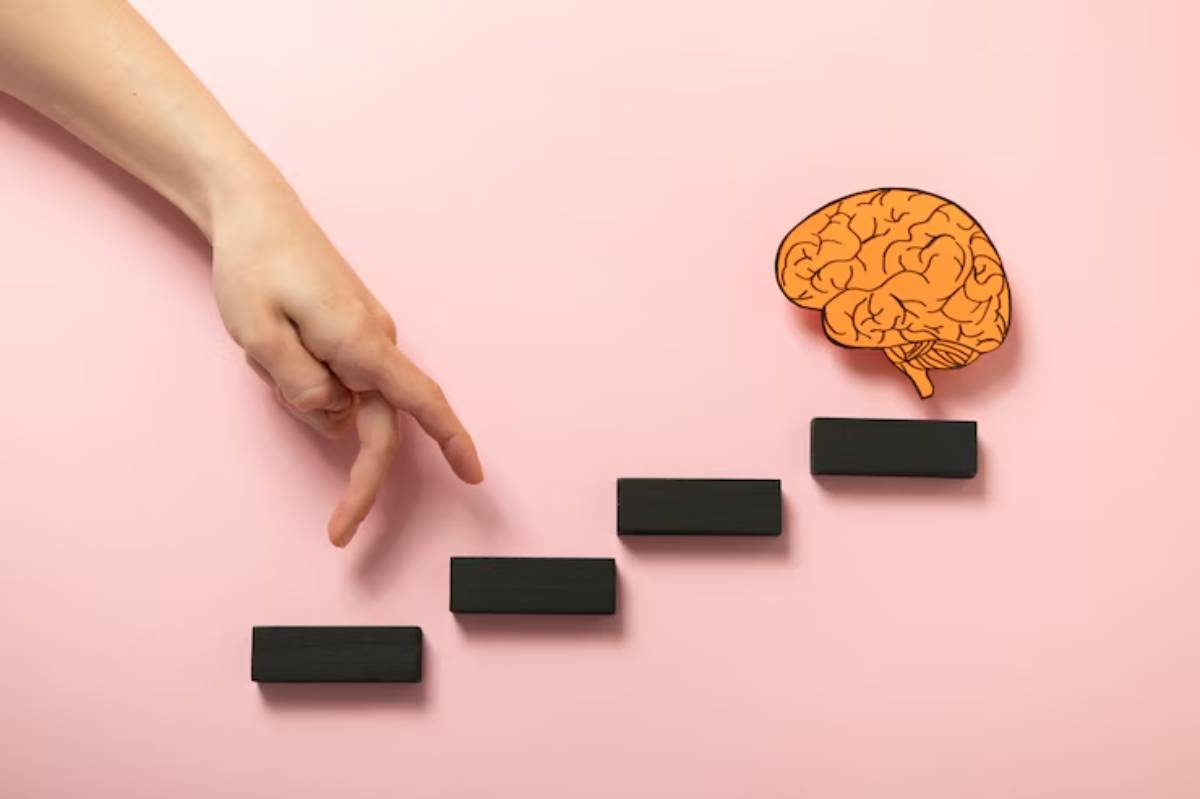
How to Rewire Your Brain to Crave Completion
Humans are biologically wired to seek comfort and avoid effort. When faced with tasks, especially ones that feel overwhelming, the brain prioritises short-term relief (scrolling, snacking, or switching tasks) over long-term reward. This is where neuroplasticity offers a breakthrough: your brain is trainable.
You can retrain your brain to associate finishing with satisfaction and even craving by consistently engaging in behaviours that reinforce task completion. This is not wishful thinking—it’s how habit loops and reward systems work.
Suppose you’ve wondered how to move from chronic avoidance to consistent follow-through. In that case, this guide unpacks how to apply neuroplasticity for productivity and how to build brain training habits that make you want to finish what you start.
The Science: How Neuroplasticity Shapes Motivation
Neuroplasticity refers to the brain’s ability to reorganise itself by forming new neural connections throughout life. It’s how we learn, unlearn, and adapt to new routines. When you repeatedly complete tasks, no matter how small, your brain links that behaviour with internal rewards.
Completion = Dopamine
Each time you complete a task, your brain releases dopamine, the feel-good chemical tied to motivation and reward. The trick is to create enough completion events for this dopamine loop to strengthen over time.
In short, the more often you finish tasks (even tiny ones), the more your brain will start craving the feeling of being done.
Pro Tip: Use checkboxes or physical lists. The visual cue of crossing something off gives your brain a literal image of accomplishment.
Quick Guide: Common Obstacles That Prevent Completion

To rewire effectively, you first need to identify the most common blocks:
- Perfectionism: The fear of doing it “wrong” halts momentum
- Overwhelm: Large tasks feel insurmountable
- Poor task design: Vague or abstract goals make it hard to know what “done” means
- Negative feedback loops: If completion has historically meant more work, your brain may resist
These obstacles interfere with building a productive feedback loop. The solution lies in designing your habits around finishing, not just starting.
Important Note: Your brain won’t crave completion overnight—consistency is key. Small, repeated wins are what reinforce the neural pathways tied to motivation and reward. Focus on building daily completion habits, not occasional bursts of productivity.
Step-by-Step: How to Train Your Brain to Crave Completion
1. Break Everything into Clear, Visible Finish Lines
Your brain doesn’t crave vague goals—it craves closure. Use micro-goals with clear endpoints.
Examples:
- “Write three sentences” instead of “Work on blog.”
- “Reply to 2 client emails” instead of “Clear inbox.”
2. Use Immediate Rewards for Small Wins
Reinforce completion with positive cues. You’re training your brain, so use the tools it responds to: immediate, positive reinforcement.
Examples:
- A quick stretch after completing a Pomodoro
- Listening to your favourite song after sending a report
- Moving a sticky note to a “Done” column
Over time, your brain will link the act of finishing with satisfaction.
3. Build a “Completion Habit Loop”
Habit loops follow the pattern: Cue → Routine → Reward. To build a completion loop:
- Cue: A time of day, calendar block, or sound
- Routine: Finish a defined micro-task
- Reward: Track the completion, take a break, or celebrate mentally
Routine Stack Example:
After my morning tea (cue), I complete my first task of the day (routine), then mark it in my tracker (reward).
4. Reframe Tasks as Challenges, Not Chores
Language matters. When you tell yourself a task is a drag, your brain looks for escape.
Instead, use challenge-based framing:
- “Let’s see how quickly I can finish this.”
- “I wonder how focused I can be for 10 minutes.”
This framing stimulates curiosity and competition, both strong drivers of dopamine release.
5. Visualise Completion Before You Begin
Olympic athletes use mental rehearsal to activate the same neural pathways in physical performance. You can do the same with tasks.
Before you begin, close your eyes and picture yourself completing the task. Visualise the final click, send, or checkmark. This primes the brain to want to reach that point.
6. Track Completions, Not Just Tasks
Most to-do lists track what still needs doing. To rewire for completion craving, you need to see progress. Use:
- A “Done” column in Trello or Notion
- A physical wall chart that logs completions
- A bullet journal with daily wins
This activates reward circuitry and reinforces that doing leads to dopamine.
Learn how fear of failure can fuel chronic procrastination.
Habit Design Tips: Making Completion Automatic
1. Use Behavioural Anchors

Tie new completion habits to existing routines:
After brushing teeth, → Send a daily check-in email. After lunch, complete one admin task.
These anchors reduce cognitive effort and increase automaticity.
2. Create Low-Resistance Starting Points
If starting is hard, finishing becomes harder. Lower the threshold:
- Preload tabs or files the night before
- Start with a 2-minute rule: “Just work for 2 minutes.”
- Use templates to bypass decision-making
3. Schedule “Quick Wins” First
Start the day with tasks you can complete quickly. This primes the brain with early dopamine and builds momentum.
Real-Life Example: From Overwhelmed to Finisher
Emma, a content marketer, avoided big tasks until the last minute. By:
- Breaking her workday into 25-minute focus blocks
- Tracking every completed task with stickers
- Rewarding herself with music after finishing
She reported a 40% drop in procrastination and a growing urge to “get things done just to feel done.” Her brain began craving the closure that once felt impossible.
FAQs
Does this mean I’ll never procrastinate again?
No. The goal isn’t perfection—it’s rewiring your default tendencies. Even a slight shift toward craving completion will lead to more consistent productivity.
How long does brain rewiring take?
It depends on the frequency and consistency of reinforcement. Studies suggest lasting change takes 6–8 weeks of deliberate habit reinforcement.
Is dopamine the only chemical involved?
While dopamine is key for reward and motivation, serotonin and endorphins also affect mood and satisfaction. But dopamine is your primary driver for craving completion.
What tools help with this process?
Try habit trackers, apps like Todoist or Notion, physical planners, or a whiteboard where you can literally “see” what’s done. Visuals are powerful in rewiring the brain.
Final Thought: Completion is a Skill You Can Train
Craving task completion isn’t just for high achievers—it’s the natural outcome of intentional neuroplasticity and clever habit design. The more you reward the act of finishing, the more your brain will start seeking it.
So don’t wait for motivation to strike. Use science, structure, and some strategy to train your brain for what it wants: progress, reward, and done.
Start now: Complete something small today—reply to one email, finish a 3-minute task, cross it off, and note how it feels. Then repeat tomorrow. That’s how rewiring begins.
See our guide on overcoming overthinking paralysis.


